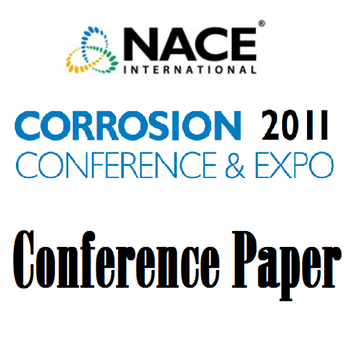Search
07497 Improved Resistance towards Hydrogen Induced Stress Cracking (HISC) of Hot Isostatically Pressed (HIP) Duplex Stainless Steels Under Cathodic Protection
Also Purchased
07496 New Improved Method for HISC Testing of Stainless Steels under Cathodic Protection
Product Number:
51300-07496-SG
ISBN:
07496 2007 CP
Publication Date:
2007
$20.00
07494 Effect of Plastic Deformation on Hydrogen Induced Cracking (HISC) in Duplex Stainless Steel
Product Number:
51300-07494-SG
ISBN:
07494 2007 CP
Publication Date:
2007
$20.00
11294 Susceptibility of Hydrogen Induced Stress Cracking of Duplex Stainless Steel at Elevated Temperature
Product Number:
51300-11294-SG
ISBN:
2011 11294 CP
Publication Date:
2011
$20.00




